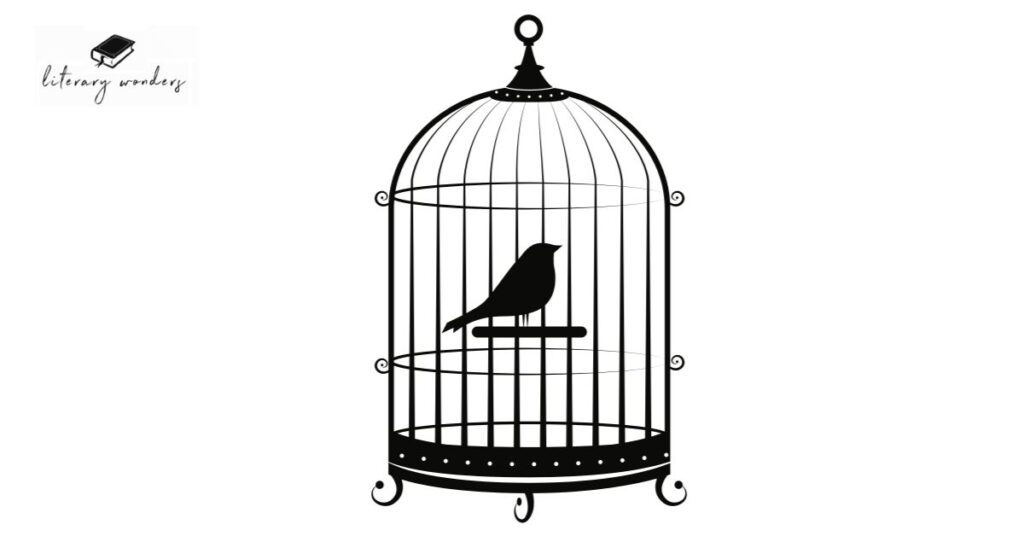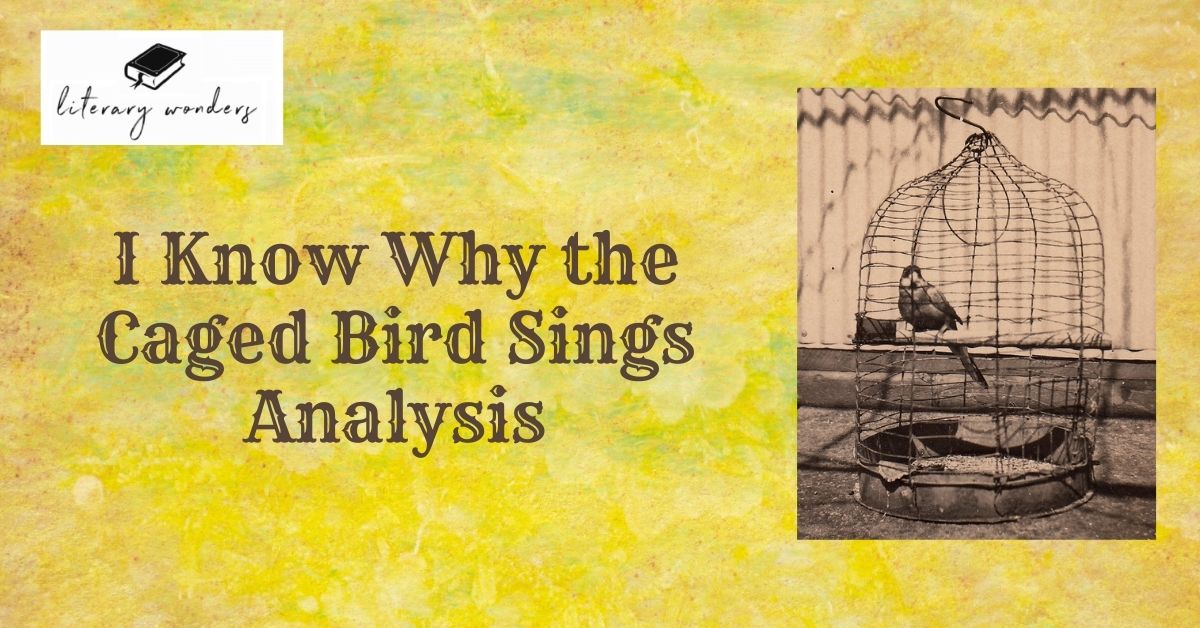
The article, I Know Why the Caged Bird Sings Analysis will explain how love for literature and the strength of her character helped her overcome the obstacles of life. I Know Why the Caged Bird Sings is the first of Maya Angelou’s seven autobiographies. It was published in 1970 and covered her life until she left Arkansas and moved to San Francisco at age 18. It is a memoir that spans from when Angelou was an adolescent through her early adulthood.
It begins with Angelou’s innocent childhood in Stamps, Arkansas; however, it ends on an ominous note as Angelou recites, when you know why the caged bird sings, you will wish that you were the bird. Throughout the book, she reveals what inspired her to write her poetry and other literary works. Her inspirations were often rooted in the injustices she faced as an African American woman but could also be traced back to her family experiences.
Introduction – Background of Maya Angelou
Maya Angelou was born Marguerite Annie Johnson on April 4, 1928, in St. Louis, Missouri, to Bailey Johnson and Vivian Baxter Johnson. When she was three years old, her mother divorced her father and moved Maya and her older brother Bailey Jr. to California, where they joined their maternal grandmother in Oakland.
After graduating from high school in 1944, Angelou was forced to live apart from her family when she refused an arranged marriage with a friend of her mother’s. She instead attended San Francisco State College as a drama major while working odd jobs around town. She graduated with honors and left for New York City shortly afterward.
Section 1- Questioning Why
Why is Maya Angelou’s most repeated word in her book I Know Why the Caged Bird Sings. As an African American and female, she was limited from pursuing many of her dreams by making notes. As a result, she often wondered why certain actions were right or wrong for a black girl to do. She questioned what was acceptable for someone like her to say or do because it wasn’t typical of other women she knew.
The theme of questioning why plays throughout each part of her autobiography. She uses each moment in her life to build upon herself and believe in things that are possible regardless of what may be deemed impossible by others.
Section 2 – Promise and Yawn
Undoubtedly, Maya Angelou was a phenomenal lady whose writing skills have opened vistas for various interpretations. Unfortunately, this book is very heavy and depressing for much of it; I kept wishing she would get to it already, but she takes such great care in crafting each piece that I could see why she wanted us to pay close attention.
Some passages will make you cringe, roll your eyes, laugh out loud and cry – sometimes all within seconds. It’s definitely worth your time, though. I wouldn’t give anything away about the plot or theme because part of what made me love it so much was finding these things out myself by reading along with Maya.
Section 3 – Hope against Hope
For a time, even as Jean is beaten and raped by her stepfather, her mother encourages her to have hope. Jean does not understand why she should have hope—she does not know what lies beyond life on Sugar Hill. But as she grows older, she comes to realize that life cannot remain unchanged.
One of my favorite lines in the book is when Jean observes how different people view their circumstances differently. For example, one woman sees an abusive marriage while another views it as romantic and passionate; one man sees his bad reputation while another perceives it as giving him strength; one person sees oppression while another views great potential. This idea of being able to perceive our circumstances in different ways forms a core part of Jean’s understanding of how we can live with hope against hopelessness.
Section 4 – Denial and Failure
Maya also suffers from denial throughout most of her life. For example, she seems to have a massive denial about her abusive relationship with her mother and husband. For instance, in reference to her mother, she denies that anything wrong happens, and I began to understand how my sister and I had invented Aunt Caroline out of our fears (Angelou 136).
Also, he regularly beats her in reference to her husband, and she ignores it. They are both two significant forms of denial in Maya Angelo’s life; however, there is another form of failure. Failure is what leads to Maya’s alcohol addiction problem and, eventually suicide attempt.
Section 5 – The Bitter Fruit of Success
It takes time to understand life is not a dress rehearsal; the first part describes how Maya grows into womanhood, in a sense. She is just like any other young girl at first, but as she matures and comes of age, she develops a deeper understanding of life and its hardships. By life’s cruel irony, her sense of beauty turns out to be one of life’s cruelest lessons, one that leads her straight down tragic paths.
Section 6 – A Gift for Freedom
It is almost impossible to express Maya’s joy at being free. Being able to fly and doing whatever she wanted was so exciting. But her world would soon become gloomy. Having been so long in captivity, she found it difficult to understand that other people didn’t feel as strongly about freedom as she did. She never questioned why something had been done a certain way before; she just assumed it was right. As a result, her new husband George felt smothered by Maya’s constant attention and her desire for them to do things differently from how they were always done.
Suggested Readings:

